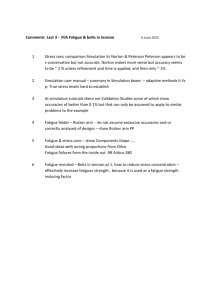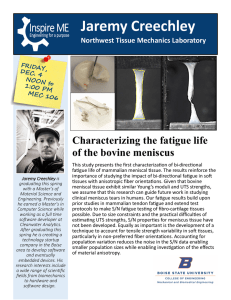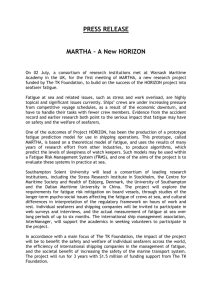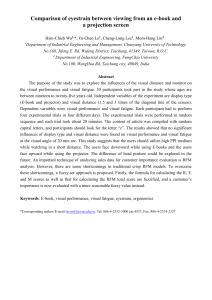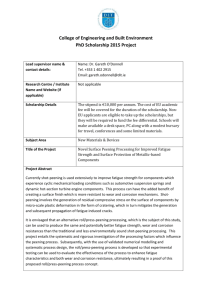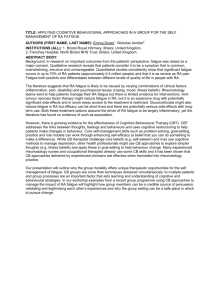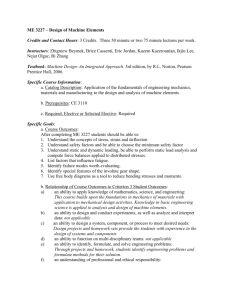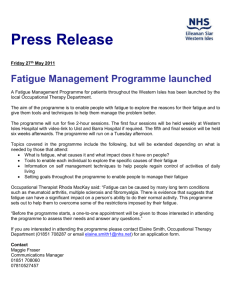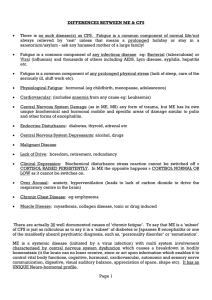Fatigue Risk Management System
advertisement
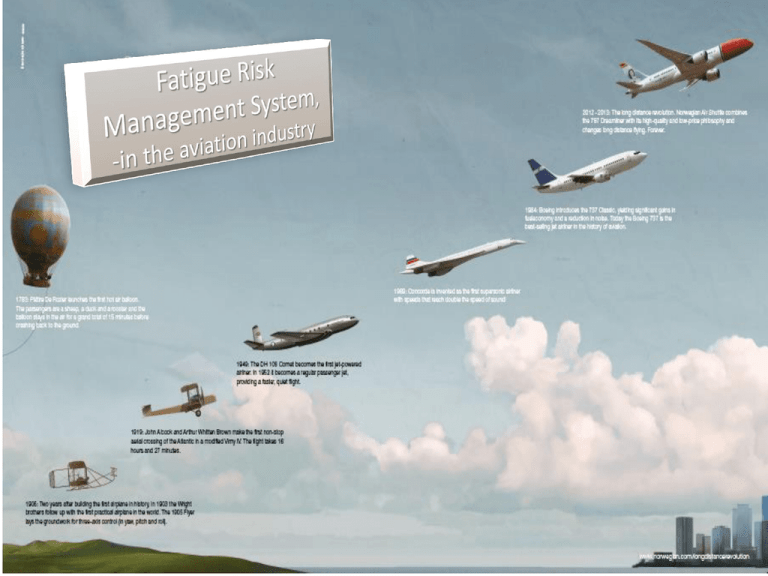
Why may Fatigue be a safety concern? • Associated with performance declines – – – – – – – – – Less vigilant Increasingly variable, overall slower reaction times Forgetfulness Task Inattention Factors Circadian Poor decision-making Factors Apathy Sleep Factors Mood swings Diminished communication Physical- / MentalNon-reactive - ASLEEP Fatigue «IMO» in the aviation industry: «ICAO» • An operator’s FRMS Policy ‘reflect the shared responsibility of management, flight and cabin crews, and other involved personnel’. Regulators will need to find evidence of this sharing of responsibility, (ICAO Annex 6, App 8 / 2011) • The composition of the Fatigue Safety Action Group should reflect the shared responsibility of individuals and management by including representatives of all stakeholder groups (management, Pilots Operators Regulators Shared Responsibility scheduling staff, and crew members and/or their representatives) Crew Operator Regulator Fatigue in the Airline Industry / «fact’n figures» • macho culture, following WW2 and military operations, -pilots are capable? • 1993 worlds first Fatigue accident (?), Root Cause, Guantano Bay DC-8 • 2007, Cathay Pacific 747F, ground collision Arlanda (crews awake 18-20hrs; incident at 03:30 a.m.) Fatigue Risk Management System – in Norwegian TheFatigue Safety Action Group, FSAG. ( 7 stakeholders ); • • FRM based on reliable data such as AQD-reports, surveys, measurements etc Produces recommendations Development: 2011; Survey, all crew 2012; Establishment of FSAG 2013; Structured education and reporting sytem 2014; «SMS» system Examples; Non punitive Reporting «AQD» / fatigue@... «Not Fit For Flight « Not ONE, but multiple solutions to FRMS; Shared Responebility –some elements Workload Workforce/duties – management Roster Design Lifestyle and Sleep One sollution (?)


